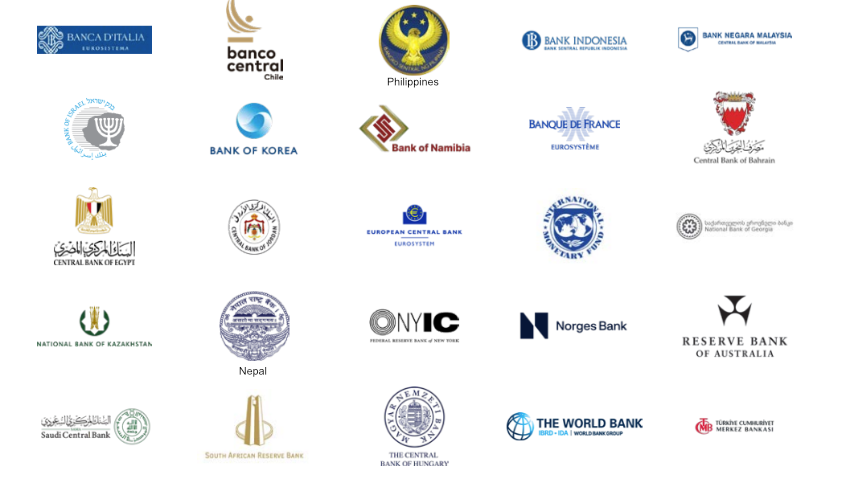Today mBridge, the cross border central bank digital currency (cross border CBDC) project, published a document showing 23 central banks are observing the initiative as well as the IMF and the World Bank. mBridge plans to launch a minimum viable project in the middle of next year. It was founded by the central banks of Thailand, Hong Kong, China and the UAE and is part of the Hong Kong BIS Innovation Hub.
So far 11 of the 25 observers have engaged in the sandbox that lets participants simulate mBridge nodes and transactions.
mBridge is one of the solutions that will address the G20’s aim to improve cross border payments. Using wholesale CBDC can allow direct international bank to bank payments, cutting out the need for correspondent banks, which adds friction and cost. A key benefit for commercial banks is they can reduce the need to hold accounts with foreign banks, Nostro accounts, which tie up significant capital. We recently explored this in a recent in depth piece on mBridge.
So far mBridge has an Asian/Middle Eastern regional bent, and observers show the same pattern. The group contains participants from every continent, with six in Asia (Indonesia, Korea, Malaysia, Nepal, Philippines, Turkey) and five from the Middle East (Bahrain, Egypt, Jordan, Israel, Saudi). The U.S. is represented by the New York Innovation Center, part of the Federal Reserve Bank of New York.

Cross border CBDC challenges
Some of the mBridge design choices help to address potential hurdles in cross border CBDC. For example, Project Dunbar found central banks are understandably reluctant to allow foreign banks access to their central bank money. mBridge takes a middle road by only allowing domestic banks to mint and redeem domestic CBDC, but foreign banks can hold it. However, foreign banks can’t keep it overnight. That leads to a challenge with central bank operating hours. This is another example where technology is the enabler, but change comes down to policy.
Another challenge is enabling foreign exchange (FX) transactions on the platform. Today’s paper indicates commercial banks currently execute FX transactions outside the mBridge platform. Work on FX is part of mBridge’s current to-do list alongside joint work with Project Mariana, involving central banks exploring using DeFi models for FX.
However, with FX, policy will also determine how far the tech can improve matters. That’s a point recently made by former Governor of the People’s Bank of China (until 2018), Zhou Xiaochuan. He highlighted that the four participants in mBridge have strong regional currencies with deep foreign exchange markets. For example, some people use the Thai Baht for transactions in Cambodia and Laos.
“The real difficulty is when dealing with other countries with weak currencies. Some obstacles cannot be solved by technological upgrades,” said Zhou.
The European contingent
Meanwhile, one observation is the significant presence of five EU members amongst the mBridge observers, including very influential ones. mBridge is a wholesale CBDC project, and the European Union recently embarked on its own project exploring central bank money for DLT payments. Some EU central banks, particularly Germany, are not keen to rush into the complexities of a wholesale CBDC.
Three European central banks carry responsibility for wholesale settlement in Europe: Germany, France and Italy. And each has proposed DLT payment solutions, with only France suggesting a full scale CBDC. Reading the tea leaves, the fact that Italy, France and the European Central Bank (ECB) are observers could be a positive sign for an EU wholesale CBDC.
Update: the observer count was updated from 20 to 25 along with countries in the text.






